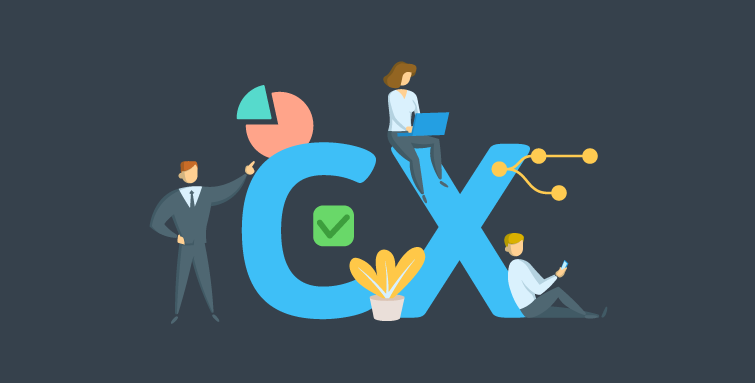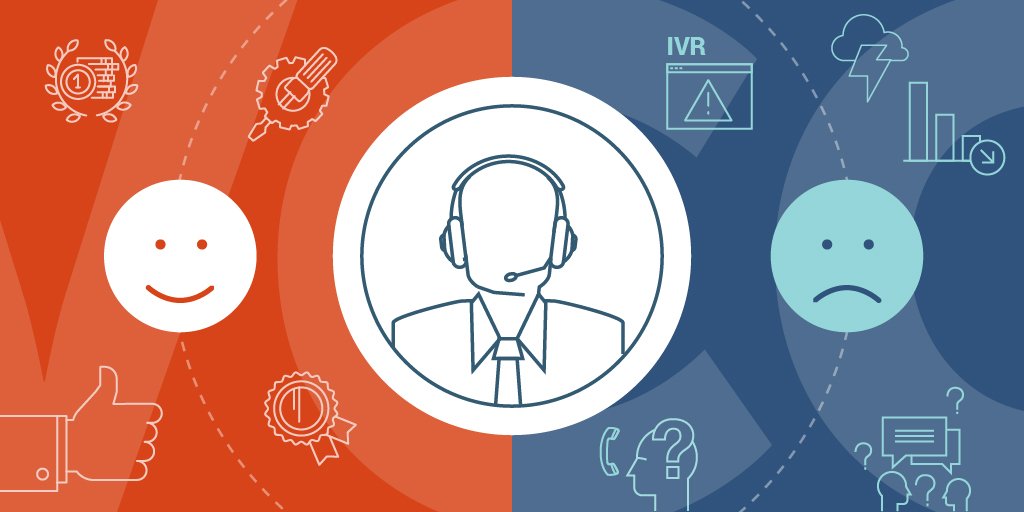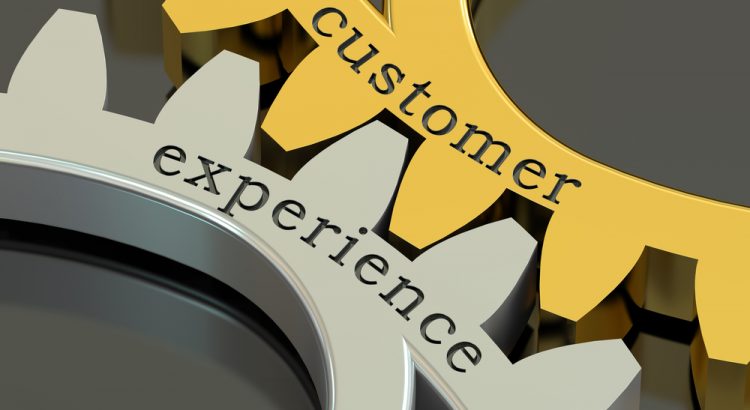In its simplest definition, customer experience is the sum of all the interactions that a customer has with a company over the course of the relationship and includes the customer’s feelings, emotions, and perceptions of the brand during the course of those interactions. Some people question whether product and price are part of customer experience.
Customer experience is actually the “umbrella discipline,” so to speak, while customer service falls under that umbrella. Customer service is just one of those interactions, one touchpoint in the overall customer experience; servicing customers is one action of many that comprises the customer experience.
Journey maps are a way to walk in – and to capture – your customer’s steps and chart her course as she interacts with your organization while trying to fulfill some need or complete some task, e.g., call support, purchase a product, etc. The map (created with customers, from their viewpoint) describes what customers are doing, thinking, and feeling at each step in the journey. With the right data integrated into the map, you can identify key moments of truth, i.e., make-or-break moments or moments during which the customer decides if she will continue to do business with your or not, and ensure that those moments are executed flawlessly going forward.
Important to the journey mapping process is to have the right customers and the right stakeholders in the room to create the maps. The right customers are those for whom you’re mapping, obviously. We typically identify the personas for which we’ll map before beginning any mapping workshop; the right customers will represent those personas. The right stakeholders include individuals from the cross-functional departments that are either directly or indirectly involved in the journey that you’re mapping.
The customer service experience is one of my favorite journeys to map because it is such a rich experience; it affords such a huge teaching and learning opportunity.
People contact customer service when the product isn’t working right; the documentation isn’t clear; marketing set expectations that the product didn’t deliver; sales sold the dream and not what the product actually does; the invoice is not accurate or hard to decipher; or for a variety of other reasons. Something (i.e., the experience) broke down somewhere upstream, long before the customer even thought about calling – or even wanted to call – customer service.
In other words, when messages are misleading or confusing, when the customer has a complaint about an interaction or a transaction, or when something doesn’t work the way the customer expects, the experience is broken. The resultant action: the customer calls customer service to get help or to get answers.
This call isn’t customer service’s fault. This isn’t a breakdown in service; this is a breakdown in the experience. And so, customer service takes the beating and the anguish from the customer for something that could’ve been designed better upstream. Had that proper design occurred, the number of frustrated customers calling the call center would have been drastically reduced.




